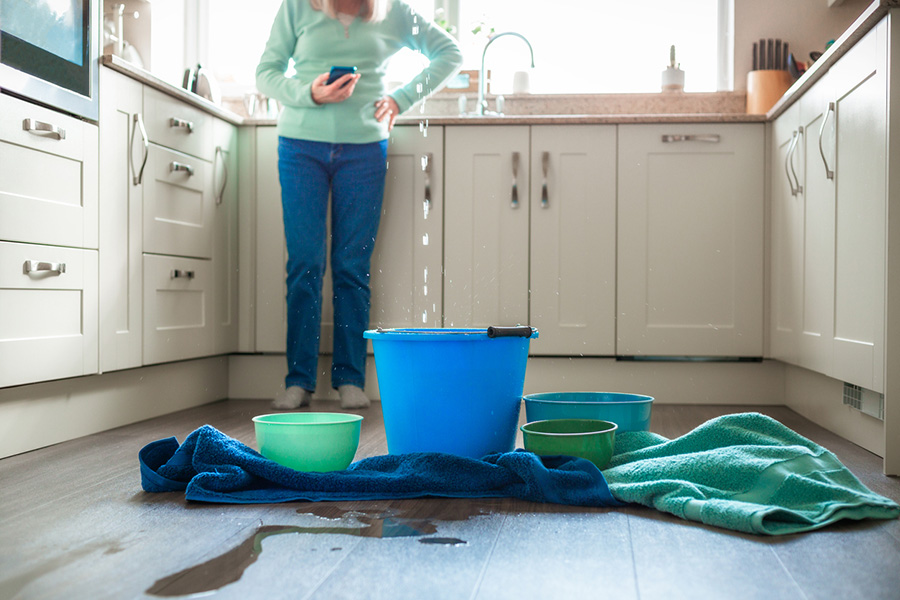Serving Nashville and the Middle Tennessee Area

The Maynard Man’s Secret for Detecting Leaks
Some leaks shout, but others whisper—and those are the ones that can do the most damage. A slow drip from your pipes, hidden behind a wall or beneath your floors, doesn’t just waste water; it quietly threatens your home’s structure, your wallet, and your peace of mind. The Maynard Man has seen it all—and today, he’s sharing his go-to checklist for spotting leaks before they leave you with warped wood, mildew, or worse. From unusual sounds to unexpected water bill jumps, there are clues if you know where to look. These aren’t flashy gadgets or complicated techniques—just the practical steps a pro uses to stay ahead of trouble. Let’s dive into how you can put The Maynard Man’s secret to work in your own home.
Why Hidden Leaks Are So Dangerous
A leaky faucet is annoying—but at least you can see it. The real problems often lurk where you can’t: under floors, behind walls, or inside ceilings. Hidden leaks may start small, but over time, they can rot wood, weaken foundations, trigger mold growth, and destroy insulation. And because they’re out of sight, you may not notice the damage until it’s advanced—and expensive. Even worse, these leaks can persist for months without setting off alarms. What seems like a little moisture could be soaking into your subfloor or drywall around the clock. That’s why it’s critical to know the warning signs and act quickly when something seems off.
The Maynard Man’s Leak Detection Checklist
Detecting a leak doesn’t always require fancy equipment—sometimes, it just takes knowing where to look and what to pay attention to. The Maynard Man uses this simple checklist to help homeowners spot trouble before it escalates.
Watch Your Water Bill
Your monthly water bill can reveal more than just how much you’ve used—it can also signal trouble. If your daily routines haven’t changed but your bill steadily increases, there may be a hidden leak behind the scenes. Even a slow drip or undetected pipe issue can waste hundreds of gallons over time, costing you more than just money.
Listen for Subtle Sounds
It’s easy to ignore quiet sounds in a busy house—but that faint dripping, hissing, or trickling you hear behind the wall or under the sink could be water running where it shouldn’t. Tune in when the house is quiet, especially at night.
Feel for Soft Spots or Warped Flooring
Water has a way of making its presence known through your feet. If you notice spongy floors, peeling baseboards, or warped hardwood near plumbing fixtures, don’t ignore it—moisture may have been working behind the scenes for some time.
Look for Mystery Stains or Musty Smells
Brown spots on the ceiling, peeling paint, or musty odors in unused rooms are more than just cosmetic issues—they’re red flags. These signs often indicate a hidden leak that’s been active long enough to cause damage behind the scenes. When moisture lingers undetected, it can lead to mold, rot, and costly structural repairs.
Easy At-Home Leak Test
Want a quick way to check for hidden leaks? The Maynard Man has a favorite trick that takes just a few minutes—and no tools at all. First, turn off everything in your home that uses water: faucets, washing machines, dishwashers, sprinklers. Then locate your home’s water meter and write down the reading. Wait at least 30 minutes without using any water. Now check the meter again. If the numbers have changed, water is moving through your system—even if no taps are on. That means there’s likely a leak somewhere behind the scenes. It’s a simple, no-fuss way to catch problems early and avoid being blindsided by damage down the road.
When to Bring in the Pros
Some leaks are easy to trace—a puddle under the sink or a dripping faucet makes the culprit clear. But when signs point to a leak and you can’t find the source, it’s time to call in a professional. Hidden plumbing issues often require specialized tools and trained eyes to uncover without tearing into your walls or floors. The Maynard Man and his team use advanced leak detection equipment like acoustic sensors, infrared cameras, and pressure tests to pinpoint the exact location of leaks without the guesswork. If you suspect a problem or notice multiple warning signs, don’t wait. The sooner you bring in a pro, the less damage (and cost) you’ll face.
Wrap-Up: Outsmart Leaks with The Maynard Man
Leaks don’t need to leave puddles to cause problems. The ones you don’t see can quietly waste water, damage your home, and set you up for costly repairs. But with The Maynard Man’s leak detection secrets—like watching your bill, listening for odd sounds, and running a simple meter test—you’ve got the tools to stay ahead of the damage. And when the signs get serious, you don’t have to solve it alone. Contact Maynard Plumbing, Heating, Cooling to schedule a professional leak inspection and put hidden plumbing issues to rest—before they spiral into something bigger.
Recent News
How to Protect Your Pipes from Freezing During Cold Weather in Nashville
5 Signs Your Water Heater Needs Repair Before Winter Arrives in Nashville
How Regular Drain Cleaning Can Prevent Costly Plumbing Emergencies
High-ROI Home Improvements in Nashville
Energy Efficiency & Indoor Air Quality Blueprint for Tennessee Homes
Home Heating and Cooling Options: Ductless, Mini Split, and Heat Pump Explained
The Ultimate Nashville Home Maintenance Calendar
Schedule Service


